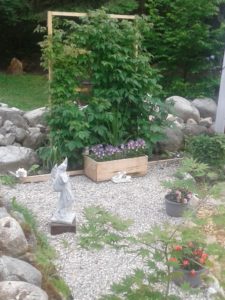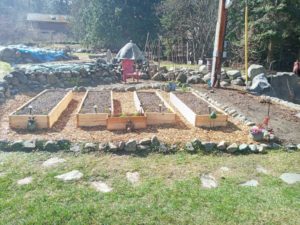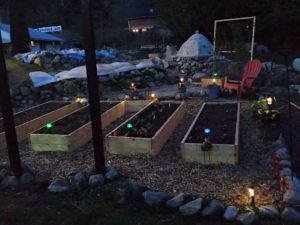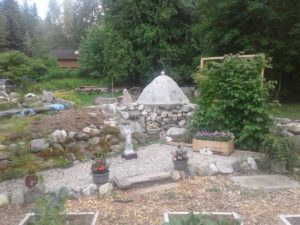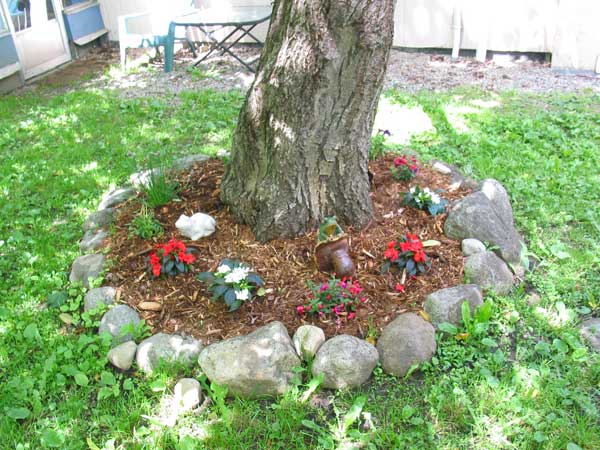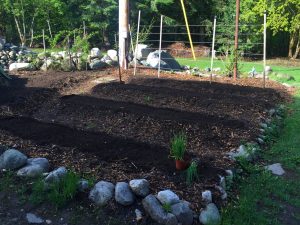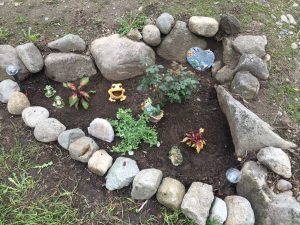Encounters with Plants
 Gardening is not unusual for some folks and for some not a favorite use of one’s summer time. For some when we spend time in the garden we begin to develop a sense of the uniqueness between the soil and ourselves. We discover an interconnectedness, a feeling, between our food and our lives.
Gardening is not unusual for some folks and for some not a favorite use of one’s summer time. For some when we spend time in the garden we begin to develop a sense of the uniqueness between the soil and ourselves. We discover an interconnectedness, a feeling, between our food and our lives.
Most of us did not grow up connected to the soil. Our EDUCATIONAL or family experience did not give us the opportunity to develop that relationship. We do not hold a cohesive and sensitive relationship with the source of our food.
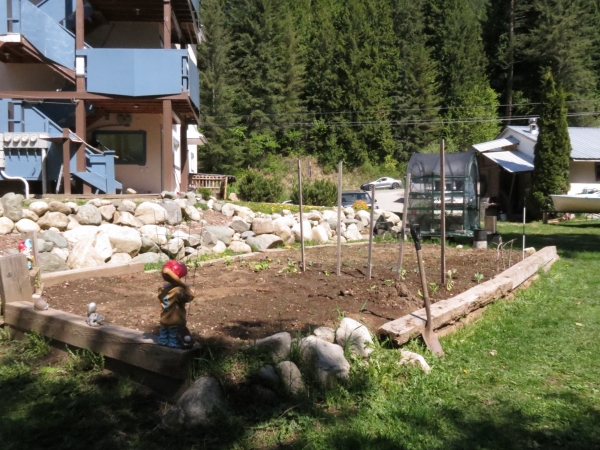
At CCC we invite you to observe and through your creativity experience the tangible results of the interesting activities called gardening. Our soil is called ‘bottom land’ soil, accumulated over 1000s of years due to rock erosion, mineral deposits mixed with forest and meadow leaves and humus. From this mixture grows the micro-life of the soil that cares for our plants today.
Each year we collect the leaves and stems of all of the plants that grow on our ¾ acre and make compost piles, which when mature are applied/spread in the fall on our garden beds [to be rained on]. ONE bed has been gardened for 70 plus years. Wood chips make up the cover to our pathways. All soil needs to have a fiber cover for the health of the ‘wee beasties’ who live in the soil.
Our GROWING SEASON is longer than 75 days and can be 100 days long [between frosts]. What GROWS in our soil that we can eat?
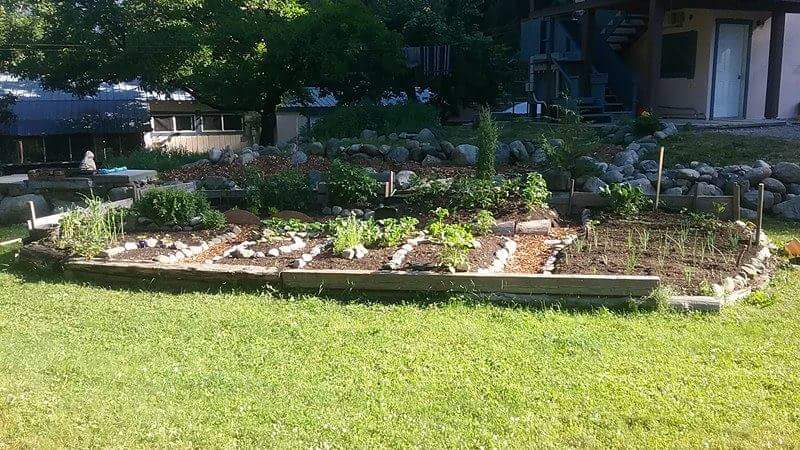
Starting out and just for the ease of harvest, keep your dreams SIMPLE. Garlic, Dill and Kale are sure winners and are good for us! They even grow year after year without much labor. Carrots, parsnips, and beets grow well if you use a 70 day growing period selection to seed. They over winter well in the root cellar and some can be left in the ground for spring digging.
Potatoes are easy to grow and they too will over winter in the soil to help start the next spring’s crop if you do not lift all of them when you are harvesting. They store well too, in the root cellar. We can buy bags from the local commercial growers in the Fall time and store those bags in the root cellar as well!
Then there are the green leafy vegetables and squash. Pigweed is the first nourishing weed up and very tastey when steamed. Eating foods raised close to the table are the most economical and healthy.
Our orchards are starting to contribute fruits and nuts.
We share tools, knowledge, a root house/cellar and cropping set backs together. From a GARDEN a community grows! Come join us, get down and get dirty!
Barrow Hutchison B.Sc. Ag. May, 2015

